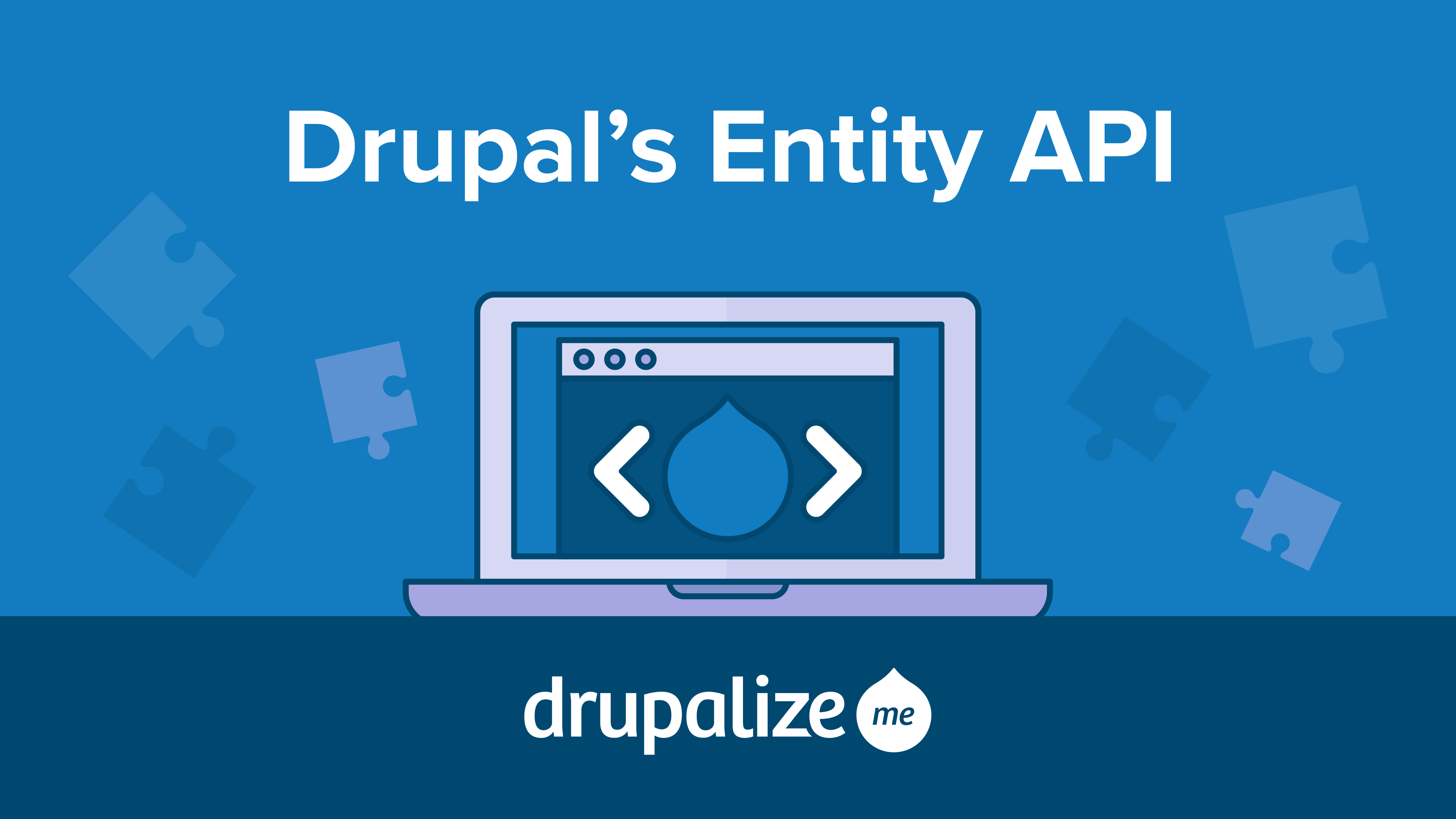
Drupal 9, the latest version of this renowned content management system, offers a modern and organized approach to managing entities. In this blog post, we will explore the hook_ENTITY_TYPE_update hook, a pivotal component of Drupal's entity API. This hook provides developers with the means to execute custom actions after an entity of a specific type is updated.
Demystifying hook_ENTITY_TYPE_update
In Drupal 9, entities are at the core of the system, representing various types of content, users, and more. The hook_ENTITY_TYPE_update is an entity-specific hook, with ENTITY_TYPE indicating the type of entity you want to target.
This hook is called after an entity of the specified type is updated in the database. It offers developers the opportunity to perform actions right after the entity's data has been modified but before control returns to the calling code.
How to Harness hook_ENTITY_TYPE_update
To effectively utilize the hook_ENTITY_TYPE_update hook within your custom Drupal module, follow these steps:
Develop a Custom Module:
If you haven't already, create a custom module for your Drupal site using tools such as Drupal Console or Drush.
Implement the Hook:
In your custom module's .module file, implement the hook_ENTITY_TYPE_update hook for the entity type you are interested in. For example, to work with node entities, create a function like this:
/** * Implements hook_ENTITY_TYPE_update() for node entities. */ function YOUR_MODULE_node_update(NodeInterface $node) { // Your custom logic here. // $node is the updated entity, and you can manipulate its properties. }- Replace YOUR_MODULE with your module's machine name and node with the relevant entity type.
Custom Logic:
Within the function, you can access the entity's properties and carry out data manipulation or additional actions. This is an ideal place for tasks like sending notifications, updating related entities, or altering the values of the updated entity.
Cache Clearing:
Always remember to clear Drupal's cache after implementing or modifying hooks to ensure that your changes are recognized.
In Action: Real-World Applications for hook_ENTITY_TYPE_update
The hook_ENTITY_TYPE_update hook can be a versatile tool, addressing various use cases, including:
- Notifications: Trigger notifications to inform users or administrators when content is updated.
- Related Content: Modify or update related content or entities that depend on the entity being updated.
- Data Validation: Perform data validation and apply necessary corrections before data is saved.
- Logging: Record information about entity updates for auditing or analysis.
Conclusion:
In Drupal 9, the hook_ENTITY_TYPE_update hook provides developers with the ability to intervene and execute custom actions immediately after an entity of a specific type is updated. This level of control allows for an array of use cases, from sending notifications to performing data validation and more.
By mastering hooks like hook_ENTITY_TYPE_update, you can harness the full potential of Drupal 9's entity management system. This will enable you to create tailored, dynamic solutions that meet the unique requirements of your Drupal site.
Further Reading:
Add new comment